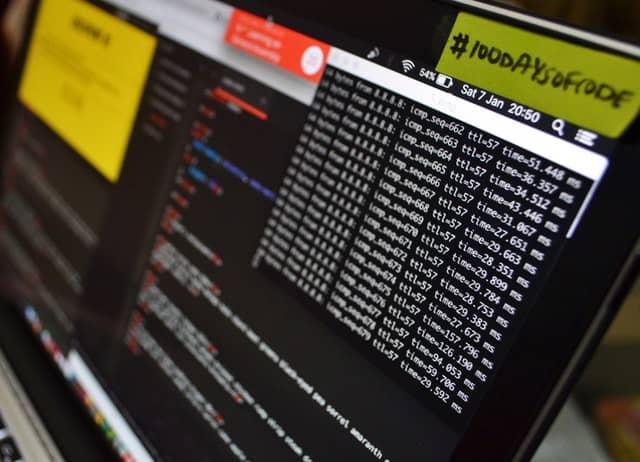
People often take strong precautions at work to keep their data and files safe from prying outsiders. Most of the time, they do this as an afterthought. Not because they care overly much about cybersecurity but because these precautions have been put in place by IT or HR. Personal cybersecurity tends to take even more of a backseat, and usually only becomes important after an attack.
Don’t make that same mistake. Take action now to prevent a potential malware infection or ransomware attack. It’s much better than having to deal with the fallout after the fact.
There’s no way to be completely risk-free, as cyber threats keep evolving and aren’t always easy to recognize. But adopting a few regular cybersecurity habits can help counter most of the threats currently plaguing the interwebs.
Even if personal digital safety isn’t a huge concern (though it really should be), it’s still important to adopt some cybersecurity practices. Most people mix personal accounts with work accounts and use personal devices like smartphones at work. If any of those accounts or devices become compromised, then it can put the whole company at risk. That should be motivation enough to adopt new habits.
Below are five security tips that are easy to integrate into any daily routine, which will help form safe online habits in the long run.
1. Enter the Future With Biometric Authentication
Passwords used to be the only way people could keep their accounts and devices safe. But data breaches are a major concern in today’s online world, and passwords are easily stolen. Luckily, advancements in hardware security have added various new possibilities into the circuit. The best way to keep cyber criminals from getting into a secure device is by doing away with passwords entirely.
Biometric data like fingerprints and face-recognition aren’t as susceptible. Plus, biometric authentication is becoming more widely available and thus easier to use. Hackers keep updating their attack methods, and the best way to stay safe is to adapt too.
2. Eliminate Those Zombie Apps and Accounts
Old and unused apps or accounts are known as “zombie accounts” because they can come back to bite their owner in the butt. Few people realize how many of these accounts they have. Sometimes someone just wants to download software from a website that requires an account, but they never use it again. Or people create profiles on social media networks and stop using them after a while but never actually close their accounts.
Hackers can use these abandoned accounts to get access to a person’s personal info or even accounts they’re currently using. Seeing as people are in the habit of reusing passwords and tend to update them very infrequently.
3. Don’t Take the Bait: Get Educated on Phishing
One of the biggest advantages anyone can have in the world of cybersecurity is information. If they want to stay one step ahead of the criminals, at least. Which is why it’s essential to look up the latest phishing and social scams.
Scammers usually get the better of people because they don’t know the warning signs of a phishing email or fake website. There are plenty of security-centric blogs that keep tabs on malware and scams. It’s a good idea to bookmark these and visit them every once in a while.
4. Stick It to the Criminals With a VPN
Sometimes staying safe simply comes down to employing the right technology for the job. Virtual private networks aren’t just used by businesses to keep internal networks safe. Individuals also use them for both recreational and safety reasons. The latter is possible thanks to VPN encryption and IP spoofing.
Both elements work away in the background to help create a secure connection, regardless of the device being used. Making this an easy tool to adopt, on par with other security essentials like anti-virus software and firewalls.
5. Stay Up to Date
No, staying up to date with the latest trends doesn’t matter here (unless it’s cybersecurity trends). Instead, try to keep apps and other software up to date as much as possible. Updates are important for plugging any security holes that hackers can exploit to get into a device or account.
Also, keep an eye out for how frequently an app or device receives updates. Developers sometimes abandon projects or programs, rendering them a major security risk as they are no longer protected against the latest threats.
Take These Habits Home
Digital safety isn’t a one-person job. Everyone who owns a digital device should be aware of the dangers out there and how to stay away from harm. This includes family members. So don’t just employ these tips at work – take them home and educate everyone on cybersecurity. After all, it takes just one weak link to bring down the house.
